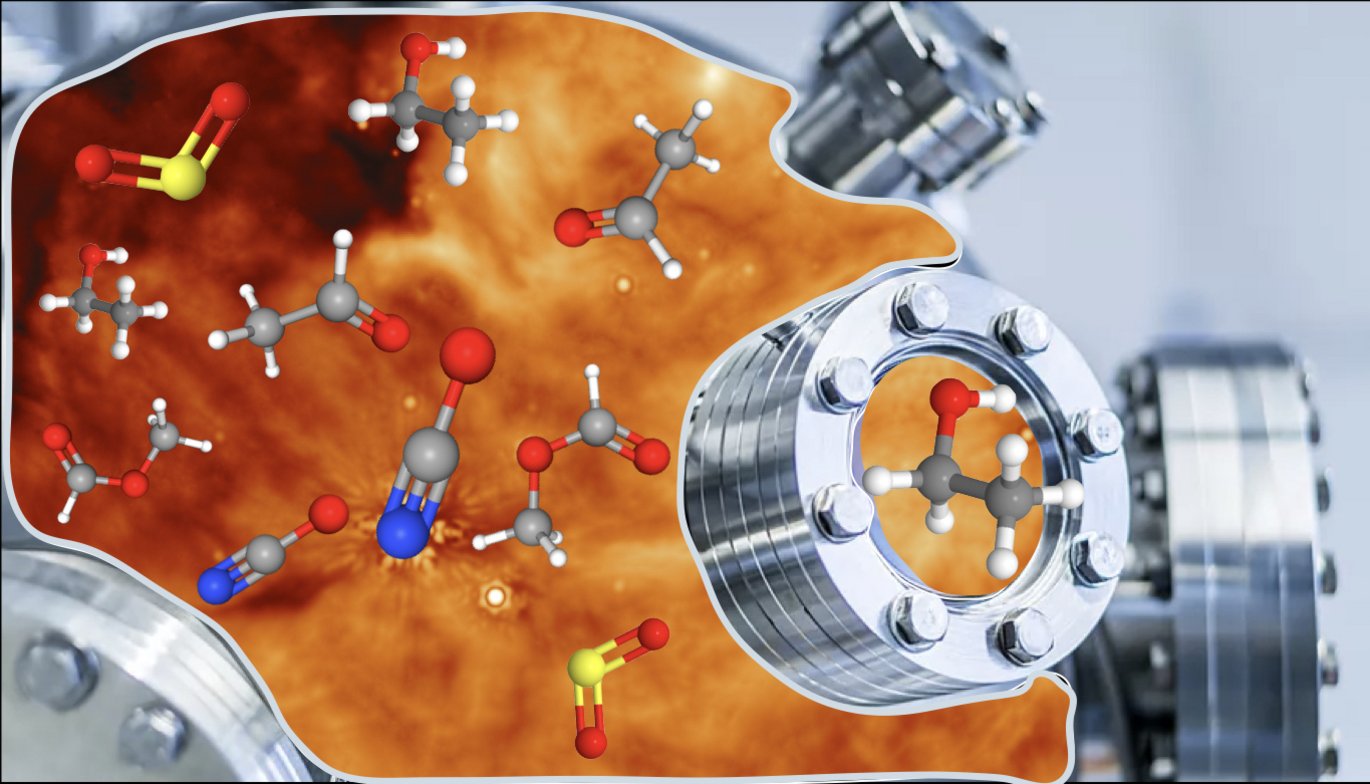New center article - Will Rocha
Title: JWST Observations of Young protoStars (JOYS+): Detecting icy complex organic molecules and ions

JWST Observations of Young protoStars (JOYS+): Detecting icy complex organic molecules and ions
An international team of astronomers using the NASA/ESA/CSA James Webb Space Telescope have discovered a variety of molecules, ranging from relatively simple ones like methane to complex compounds like acetic acid and ethanol, in early-stage protostars where planets have not yet formed. These are key ingredients for making potentially habitable worlds.
The presence of complex organic molecules (COMs) in the solid phase in protostars was first predicted decades ago from laboratory experiments, and tentative detections of these molecules have been made by other space telescopes. This includes Webb’s Early Release Science Ice Age programme, which discovered diverse ices in the darkest, coldest regions of a molecular cloud measured to date.
Now, with the unprecedented spectral resolution and sensitivity of Webb’s Mid-InfraRed Instrument (MIRI), as part of the JOYS+ (James Webb Observations of Young ProtoStars) programme, these COMs have been individually identified and confirmed to be present in the interstellar ices. This includes the robust detection of acetaldehyde, ethanol (what we call alcohol), methyl formate, and likely acetic acid (the acid in vinegar), in the solid phase.
“This finding contributes to one of the long-standing questions in astrochemistry,” said team leader Will Rocha “What is the origin of COMs in space? Are they made in the gas phase or in ices? The detection of COMs in ices suggests that solid-phase chemical reactions on the surfaces of cold dust grains can build complex kinds of molecules.”
Read more in ESA press release:https://esawebb.org/news/weic2409/
See also the NOVA Dutch press release: https://www.astronomie.nl/nieuws/webb-ziet-al-in-protosterren-belangrijke-ingredienten-voor-maken-leefbare-werelden-4074
Article link: https://www.aanda.org/articles/aa/full_html/2024/03/aa48427-23/aa48427-23.html
